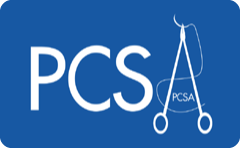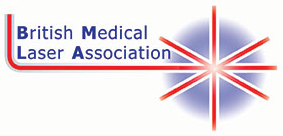 Download this information as a PDF
Download this information as a PDF
Pityriasis rosea is a rash of unknown cause which lasts about six weeks. Pityriasis rosea most often affects teenagers or young adults. In most cases there are no other symptoms, but in some cases the rash follows a few days after a upper respiratory viral infection.
What does it look like?
A single scaling patch (the Herald Patch) often appears one to twenty days before the general rash. It is an oval plaque 2-5 cm in diameter, with a scale trailing just inside the edge of the lesion. The herald patch is often mistaken as ringworm. It can also be confused with psoriasis. A few days later, smaller similar scaly patches appear, scattered mainly on the trunk but may spread to the thighs, upper arms and neck. The oval patches follow the line of the ribs like a fir tree. They have a dry surface and may have an inner circlet of scaling. The plaques may be a faint pink to a deep red. They may be very itchy, but in most cases they don't itch at all.
Pityriasis rosea usually avoids the face, although sometimes a few spots spread to the cheeks.
What causes it?
Pityriasis rosea may be set off by a viral infection but it does not appear to be contagious. Herpes viruses 6 and 7 have sometimes been associated with pityriasis rosea. It is not related to foods, medicines, or stress.
Pityriasis rosea clears up by itself in about six to twelve weeks. When clear, the skin returns to its normal appearance. It leaves no scars, although pale marks or brown discolouration may persist for a few months in dark skinned people. Second attacks of pityriasis rosea are rare.
Treatment
General advice. The rash is irritated by soap; bathe or shower with plain water and bath oil, aqueous cream, or other soap substitute. Apply moisturizing creams to dry skin.
If the rash itches, treatment with a steroid cream or ointment usually brings prompt relief. The steroid probably does not speed up clearance of pityriasis rosea but it reduces the discomfort.
Extensive or persistent cases can be treated by phototherapy (ultraviolet light, UVB).
New information suggests early treatment with aciclovir may speed up recovery of at least some cases of pityriasis rosea.













